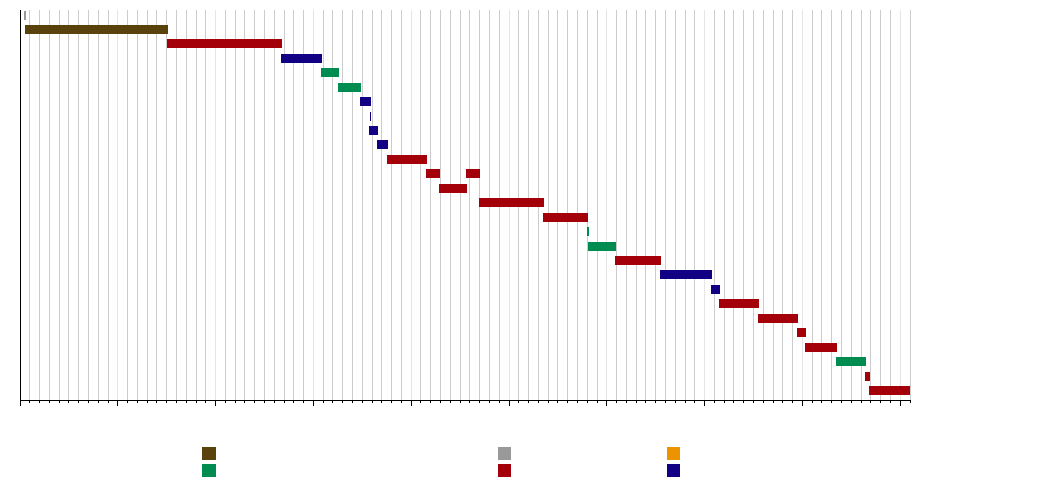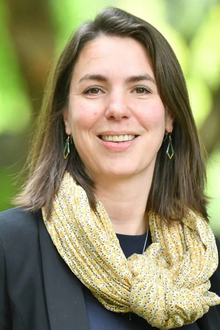Prime Minister of Auzance
| Prime Minister of Auzance | |
|---|---|
 Flag | |
| Style | His/Her Excellency (formal/diplomatic) Prime Minister |
| Member of | Tchambe Cabinet of Auzance |
| Appointer | Tchambe |
| Term length | Four years Renewable |
| Formation | 14 June 1933 |
| First holder | Remy Warnot (elected) |
| Deputy | Deputy Prime Minister |
The prime minister of Auzance, officially the prime minister of the Republic of Auzance (Autuzian: prumîs minisses del republique Ôtuzance), is the head of government of Auzance. The prime minister typically leads the largest party of both the Government of Auzance, and the Tchambe more widely, though coalitions can result in the second-largest party appointing a prime minister; a prime minister must command the confidence of the Tchambe to remain in their role. They lead the Cabinet, holding the power to appoint and remove its members. The current prime minister is Catrene Burnot of the Labour party, after the resignation of fellow Labour prime minister Thereze Astruc on 27 November, 2019.
History
The prime minister was initially a fused role as both head of government and head of state, especially as exercised by first prime minister Remy Warnot from 1933 to 1948. In 1971, the Constitution split the executive, judiciary and legislature, and the prime minister became nominally lower than the Premier in rank; sitting prime minister Ritchåd Cougnî was elevated to the position of Premier in 1974.
Role
The role of the prime minister is primarily associated with its title as head of government, and the responsibilities associated with doing so - the prime minister proposes cabinet appointments to the Tchambe, and nominally leads their cabinet, thus having a strong influence on policy decisions and ideologies. As the prime minister has always been the governing coalition's largest party leader, their responsibilities associated therewith are often linked very closely.
The power of a prime minister is very strongly correlated with their ability to negotiate and legislate, as the raw powers enjoyed by a prime minister without these powers is low, and similarly they are dependent on the size and stability of their parliamentary majority; this is because Auzance has a strong history of coalition governments, but also because of the primus inter pares (first among equals) philosophy associated with Autuzian prime ministers. Similarly, the separation of the Premier in the 1970s has diluted the power of prime ministers, particularly in the instance that both are from the same party, as the Premier retains significant constitutional powers and international roles.
Appointment
The prime minister, in practice, has typically been the leader of the largest political party in the government formed in the unicameral legislature of Auzance, the Tchambe; this may not be the largest party by raw seats, but will usually be. The prime minister therefore must be a sitting elected member of the Tchambe, and must command the confidence of the governing party and its coalition (if applicable) in order to maintain their position.
The process to remove a prime minister is executed through votes of no confidence (or the failure of a vote of confidence), or a defeat on a matter of confidence (e.g. a national budget). The Premier reserves the right to refuse a resignation on a matter of confidence, but has no power to overturn that of a vote of no confidence, and likewise a resigning prime minister can overturn a refusal by self-appointing themselves to their own cabinet, a peculiarity of a constitutional amendment prohibiting prime ministers from appointing themselves to cabinet roles. Votes of no confidence require that a new prime minister is appointed, and then approved, within two weeks; failure to do so results in a triggered snap legislative election. A government may deliberately vote against itself in a tabled vote of confidence to trigger a legislative election, as was executed successfully in the runup to the snap legislative election in 2023.
Timeline


